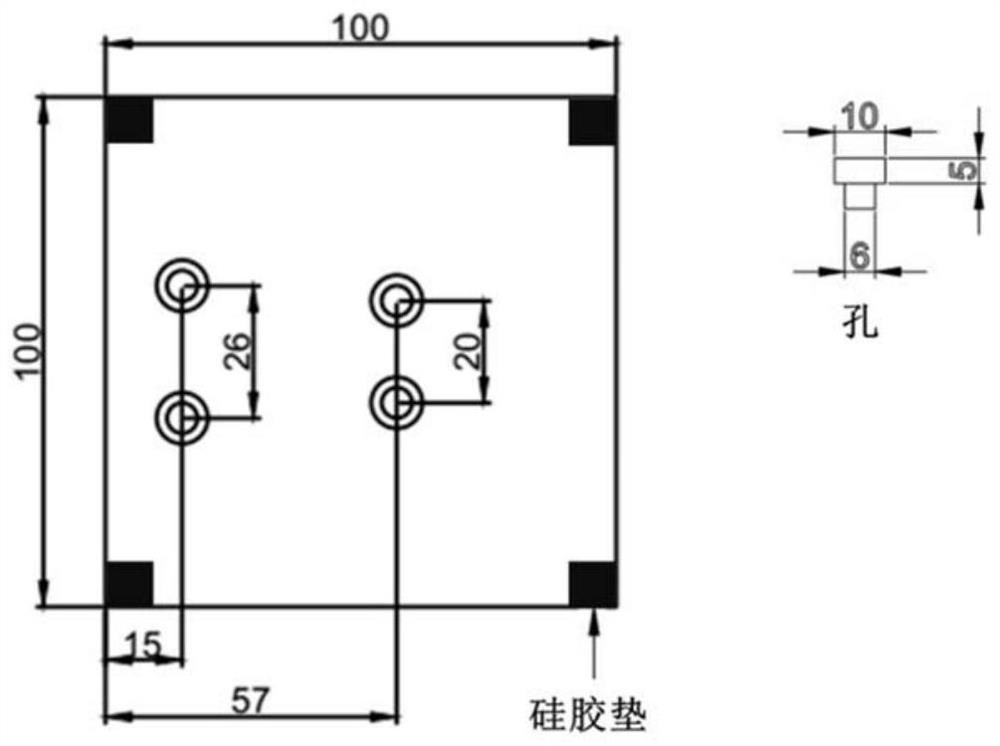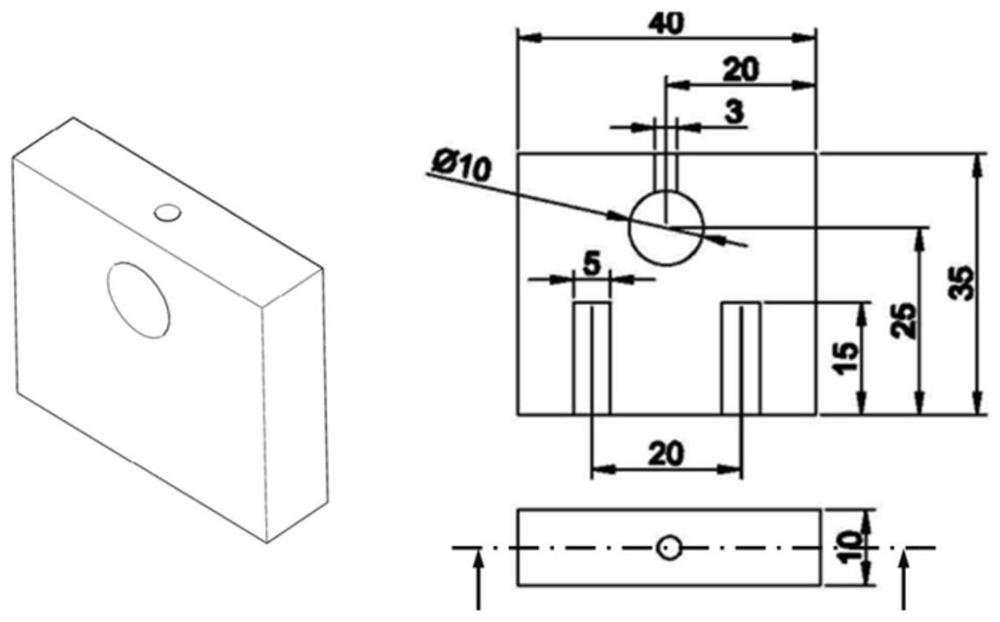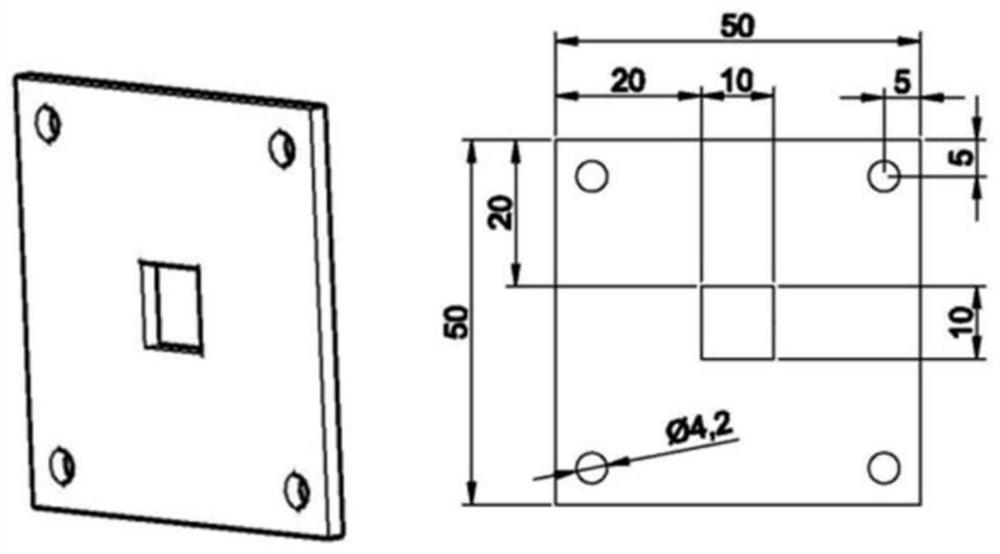A microelectrode system and method for testing oxygen mass transfer coefficient of proton exchange membrane
A technology of proton exchange membrane and mass transfer coefficient, which is used in measurement devices, material analysis by electromagnetic means, instruments, etc., can solve the problem of consuming large catalysts and membrane materials, time-consuming and laborious assembly of batteries, and difficulty in obtaining the influence of binders, etc. problems, to achieve the effect of saving battery materials and simplifying the test process
- Summary
- Abstract
- Description
- Claims
- Application Information
AI Technical Summary
Problems solved by technology
Method used
Image
Examples
example
[0032]The base is made of aluminum alloy, the length is 100mm, the width is 100mm, and the thickness is 10mm. There is an inverted T-hole on it. The hole position and the size of the hole are as followsfigure 1 As shown, in addition, a silicone pad with a length of 10mm, a width of 10mm, and a thickness of 5mm is affixed to the four corners of the bottom surface of the bottom plate, which is used to overhead the bottom plate to prevent the device from overheating and damaging the environmental cavity during operation. The support plate is made of aluminum alloy, with a length of 40mm, a width of 10mm, and a height of 35mm. There are two M5 threaded holes on the bottom, one M3 threaded hole on the top, and a circular through hole with a diameter of 10mm on the front. The specific hole positions are as followsfigure 2 Shown. The splint 1 is made of aluminum alloy, with a length of 50mm, a width of 2mm, and a height of 50mm. Its four corners have round through holes with a diameter of ...
PUM
| Property | Measurement | Unit |
|---|---|---|
| diameter | aaaaa | aaaaa |
| thickness | aaaaa | aaaaa |
| thickness | aaaaa | aaaaa |
Abstract
Description
Claims
Application Information
 Login to View More
Login to View More - R&D
- Intellectual Property
- Life Sciences
- Materials
- Tech Scout
- Unparalleled Data Quality
- Higher Quality Content
- 60% Fewer Hallucinations
Browse by: Latest US Patents, China's latest patents, Technical Efficacy Thesaurus, Application Domain, Technology Topic, Popular Technical Reports.
© 2025 PatSnap. All rights reserved.Legal|Privacy policy|Modern Slavery Act Transparency Statement|Sitemap|About US| Contact US: help@patsnap.com



